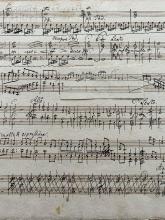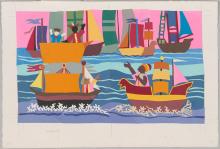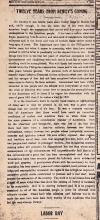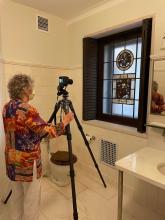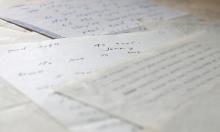Performing Femininity: Saul Steinberg's Depictions of Women
Submitted by Jacqueline Yu on Wed, 05/24/2023 - 11:16amFor more than six decades, Saul Steinberg (1914–1999) tackled themes of immigration, identity, war, and other complex issues in humorous yet insightful illustrations for acclaimed publications like The New Yorker. Drawing on his experiences as a Jewish Romanian immigrant who had fled to the United States from Italy at the onset of World War II, Steinberg’s unique perspective and artistic language quickly established him as one of the most renowned cartoonists of the twentieth century.


